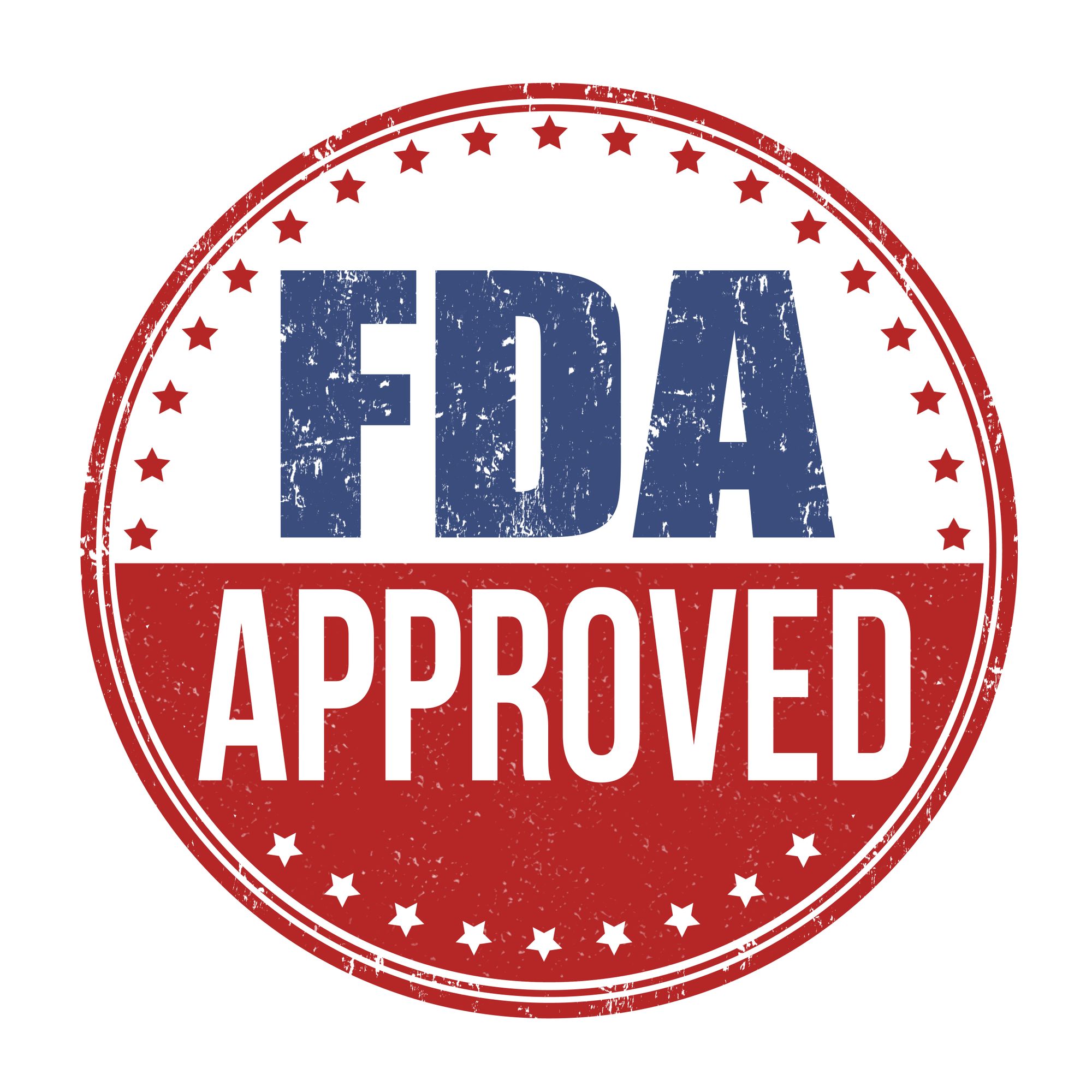News
Video
Ryplazim Marks First FDA Approval for Plasminogen Deficiency: Dr Amy Shapiro
Author(s):
Amy Shapiro, MD, medical director, Indiana Hemophilia and Thrombosis Center, continues her discussion on plasminogen deficiency type 1 by highlighting the recent FDA approval of plasminogen (Ryplazim; Kedrion Biopharma), the first treatment specifically indicated for this disorder.
In part 1 of this interview, Amy Shapiro, MD, medical director, Indiana Hemophilia and Thrombosis Center, discussed the prevalence, clinical manifestation, and diagnostic challenges of the rare plasminogen deficiency type 1.
Recently, plasminogen (Ryplazim; Kedrion Biopharma) became the first FDA-approved treatment indicated for plasminogen deficiency type 1. Shapiro explores the implications of this approval in part 2 of her interview, as well as discusses its efficacy at combatting the underlying mechanism of plasminogen deficiency.
This transcript has been lightly edited for clarity.
Transcript
How does Ryplazim fit into/stand out from the current treatment landscape for plasminogen deficiency type 1?
Well, Ryplazim is the first and only specific treatment for type-1 plasminogen deficiency that's been approved. All other therapies are what we call supportive therapies or therapies that may be utilized because nothing else is available. And so you repurpose them or try to use medications to try to help or treat a patient's symptoms. Ryplazim actually replaces the deficient clotting factor and is specific to type-1 plasminogen deficiency, and is the first and only therapy that is licensed for that disorder in the United States.
What is the underlying mechanism of Ryplazim? How does it effect symptoms, quality of life, etc. in patients with plasminogen deficiency type 1?
So actually, it's pretty simple how it works. Much like hemophilia, what you're doing is replacing a missing clotting factor, bringing it into a range that allows the coagulation system to essentially perform its normal function.
In plasminogen deficiency, because you have an abnormal protein that is not functioning normally, what you're doing is replacing that with a normal protein, bringing it into the normal range, and allowing the body to resume its normal functions and to clear lesions. It is a fairly simple mechanism and it does have a normal half-life. For example, just like any other protein that you replace, the half-life of this protein is 2.2 days.
The therapy, as it was approved in the package insert, requires infusion of this replacement factor through an intravenous method once every 3 to 4 days. That's what the package insert says; we're still learning a lot about how to treat this disorder because it's so rare and because not a large number of patients were involved in the initial study.
The initial study really looked at the safety and efficacy and stable pharmacokinetics of the agent in a small group of patients, because it's such a rare disorder. What we found was that the product is very efficacious, to the point that in the initial first infusion of the patient, if you can see lesions, you will start seeing lysis of those lesions with the first infusion.
The pharmacokinetics, or the profile of the half-life of the protein, in the plasma over time is very stable, which is really nice, and it was consistent over many, many months. So, it shows that the protein is being utilized in a very consistent manner in the individuals who were treated. Some lesions, depending on the patient, may take a quite a bit longer to treat over time. Patients present with very different what we call burden of disease, or lesions present in many different organs, and depending on how long they've had those lesions, how big those lesions are, some of those lesions may calcify, which can make them more difficult for that protein to get into and to actually help restore the normal architecture of the organ.
So, it can really vary based upon the burden of disease, the length of disease, how many systems are involved in a particular patient, the resolution of symptoms over time. Some lesions may respond very quickly, especially if they're kind of new and softer lesions. Other lesions, which have been there for a longer time, may take months or a year or so to respond to therapy.
But the response to therapy has been consistent in individuals. It has amazingly improved their quality of life and their ability to function. I've had adult patients who had very limited capacity, due to the extent of lesions either in the respiratory tract, in the GI [gastrointestinal] tract, in other areas, and this product, when utilized consistently, has put them back to a functional state that I'd say is fairly near normal.





